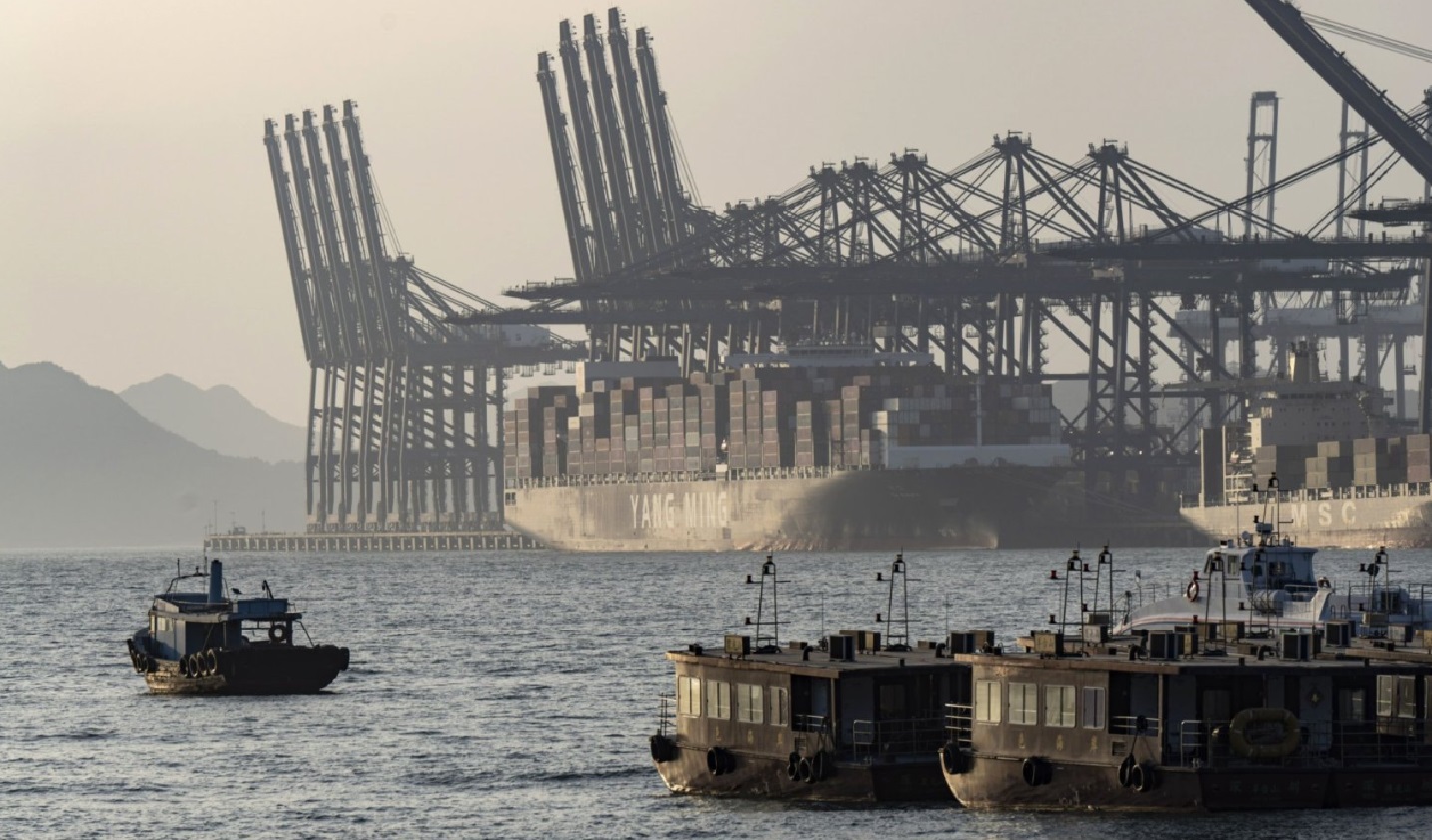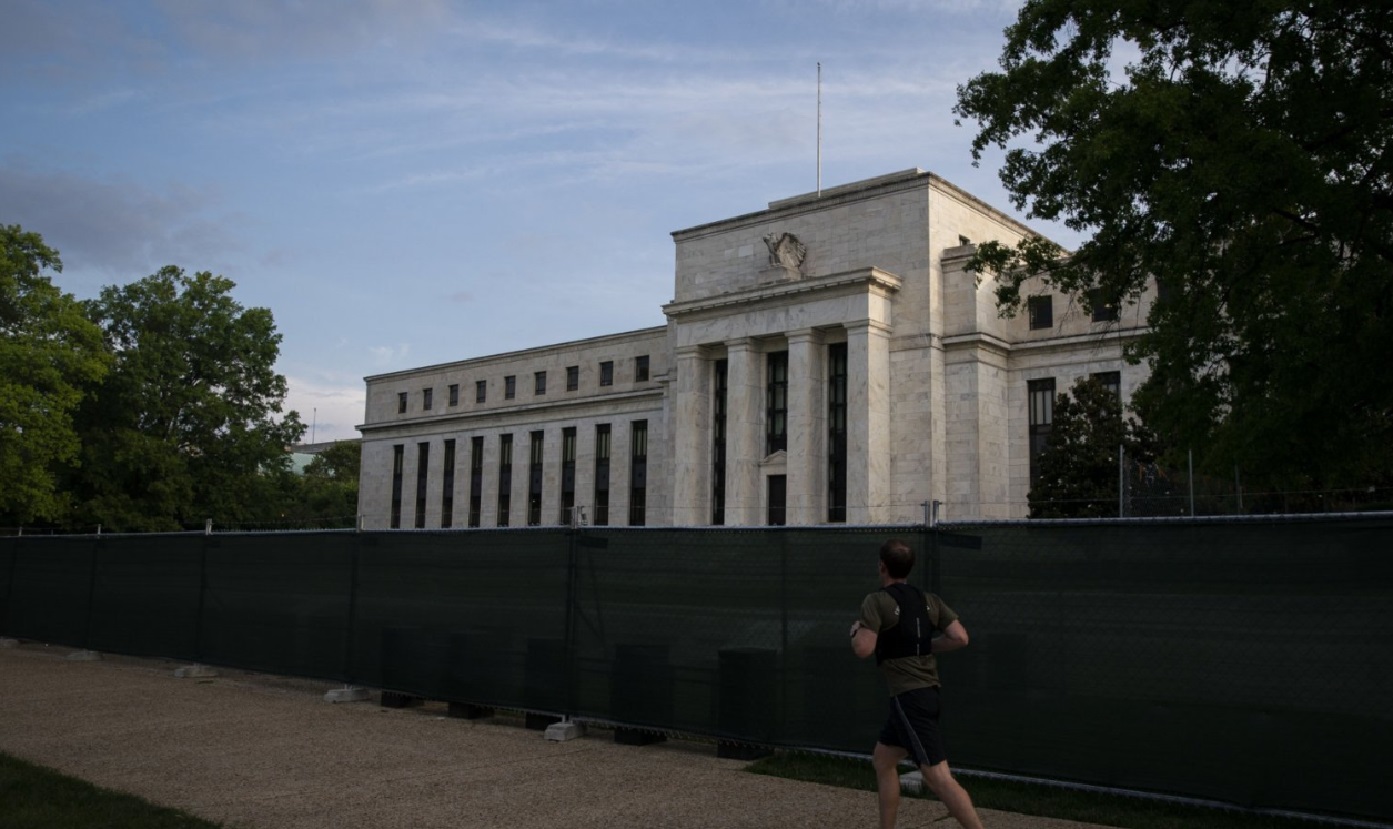Growth in China’s exports and imports in January and February beat forecasts, showing global trade is turning a corner in an encouraging signal for government leaders trying to shore up an economic recovery, Reuters reported.
China’s improved export figures follow those of South Korea, Germany and Taiwan, which beat expectations for their exports in the first two months of the year. Asian economies benefit from growth in demand for semiconductors.
Exports from the world’s second-largest economy in the first two months were 7.1 percent higher than a year earlier, customs data showed. The growth was above the expectations of economists polled by Reuters, who had forecast a 1.9% rise. Imports rose 3.5 percent, while forecasts were for a 1.5 percent increase.
“The better-than-expected data showed a recovery in global trade, driven by the electronics sector, but it also benefited from the effect of a low base as exports fell 6.8% in January-February 2023” , commented Sue Tiancheng, senior economist at the Economist Intelligence Unit.
The customs agency released combined January and February trade data to smooth out distortions caused by the Chinese New Year in February.
Chinese Premier Li Qiang has announced a target for economic growth in 2024 that is similar to last year’s level of around 5 percent, and has promised to transform the country’s development model, which relies heavily on manufactured goods exports and industrial overcapacity.
The country’s leaders grappled with sluggish growth last year amid a property crisis, with consumers wary of spending, foreign companies pulling out of investments, industrial producers scrambling for buyers and local governments grappling with huge debt burdens.
Executives need to see a sustained recovery in exports to be convinced that the key growth engine will support the economy.
In contrast to the trade data, industrial activity in China shrank for a fifth straight month in February, an index of manufacturing managers released a week ago showed. New export orders fell for the 11th consecutive month.
“After taking into account changes in export prices and seasonal factors, we believe that export volumes rose significantly in January and February, reaching a new high,” said Zhuchun Huang, China economist at Capital Economics. “But we have doubts about the sustainability of this power, as exporters now have more limited options to cut prices to secure market share,” she added.
Some cause for optimism can be found in the fact that China’s exports to the US returned to growth in January-February, rising 5 percent from a year earlier, compared with a 6.9 percent decline in December. But deliveries to the EU continue to decline, shrinking by 1.3 percent over the period.
China’s leaders have promised to introduce further measures to bolster growth after steps taken since June have had only a modest effect, but analysts warn that Beijing’s fiscal options are now very limited and point out that Li Qiang’s address at the annual congress of The Chinese People’s Party has also not inspired investor confidence.
Many analysts worry that China could slip into Japan-style stagnation later this decade if government leaders do not take steps to reorient the economy toward household consumption and a market-based allocation of resources.
China’s trade surplus widened to $125.16 billion from $103.7 billion forecast in a Reuters poll and $75.3 billion in December.



